In English below…
Juunist alates on meil olnud keerulised ajad ja süda valu täis. Taaskord üks sellistest õppetundidest, kus mõistad, et asjad siin elus, mille üle on meil kontroll, on kukimuki ja tegelikkuses suht pisiasjad, sest neid asju siin elus saad sa alati muuta või ümber otsustada või mida iganes peale hakata, kui see on sinu kätes. Hoopis teine lugu on aga siis, kui sinu võimuses ei ole asjade kulgu muuta.
Meie vanim tütar Indy sai aprillis viieseks. Ta on üks ülimalt aktiivne piiga, kes hommikul läheb õue ja müttab meiega igal pool pikad päevad. Juba Kreekast alates märkasime Indy huvi kõikvõimalikest kohtadest alla hüpata ja oma piire katsetada. Ilmselgelt on ta oma kandadele liiga teinud. Räägi, mis sa räägid, aga sama teema jätkus ka kodumaal. Batuut on meil ka üks palju kasutust leidev asi. Ükspäev vedis ta sinna suure kotitäie oma neid mingeid pisikesi palle. Loomulikult olid tulemuseks ära väänatud jalad, aga egas laps sulle räägi kui ta teab, et ta midagi lubamatut tegi. Lisaks jonnihood, kus tal on maas istudes kombeks oma kandu vastu maad peksta. Väga kõvasti! Igal juhul me teame, et ta on tublisti oma jalgadele liiga teinud.
Juuni esimesel nädalal märkasime, et Indy mõlemad hüppeliigesed on paistes, aga mitte sinised. Ootasime paar päeva ja panime külma peale, seejärel pöördusime arstile. Saime saatekirja vereanalüüsidele, kuhu nagunii ma ise koos pisipiigaga minema pidin, et endid kontrollida. Jep, mul on endiselt aneemia, aga olukord on veidi parem kui kaks aastat tagasi. Kummaline on see, et mu raud on eluaeg suht madal olnud, aga igapäevaelus ma seda ei tunneta. Minu näitudega peaksin ma vaevlema hapnikupuuduses ja hingeldama, aga mul ei ole midagi sellist. Ja mingil kummalisel kombel leidus mu veres ka borrelioos, samuti ilma otseste sümptomiteta. Indyl samuti aneemia nagu ka kaks aastat tagasi. Temal kontrolliti ka põletikunäitu veres, CRP ei näidanud põletikku, küll aga oli vere sete kõrgem, lubatud maksimum kümne asemel 30. Aga mida see päriselt tähendab ja tähistab, päris täpselt ei teagi. Kontrolliti ka reumafaktorit ja borrelioosi, mis mõlemad olid negatiivsed. Lisaks kõrgemale veresettele oli ka monotsüütide arv veres tõusnud, lubatud 0.4 asemel tulemus 0.55. Mida see tähendab, ei tea. Kuu hiljem oli veresete veidi langenud iseenesest 22 peale.
21. juunil oli meil aeg perearstile, kes vaatles kergelt jalgu ja vereanalüüsi tulemusi ning edastas Tallinna lastehaiglale e-konsultatsiooni juveniilse artriidi kahtlusega.
Rääkisin ka loo, et märtsi alguses reisil olles jäime liivatormi kätte ja pärast seda olime kõik ikka väga pikalt ja kummaliselt haiged. Kuna kohalike käest kuulsime, et liivatormide perioodil on ka haiguste periood ja meie tuttava mees sattus suisa haiglasse, siis äkki on meie organismis miskit infektsiooni, mis midagi paha teeb?
Kokkuvõttes olime ikka väga hämmingus sellest, et me kahtlustasime mingit rängemat traumat, aga ilma röntgeni, ultraheli uuringuta saime juveniilse artriidi kahtlustuse. Ja see pole teps mitte lihtne haigus. Tuleb ei tea kuskohast ja võib niisamuti lahkuda ei tea kuhu. Aga selle diagnoosiga lapse ravimine toimub internetis leiduvate andmete põhjal päris jõhkrate ravimitega, mis on toksilised ja rohkete kõrvalmõjudega. Lapsevanematena ei tahtnud meel kohe kuidagi selle mõttega leppida. Käivitus päästeoperatsioon. Mis me nüüd teeme?
Ootasime ja ootasime seda e-konsultatsiooni vastust. Indy olukord aga üha halvenes. Päeva pikkus, kus ta suutis jalgel olla, vähenes kordades liiga ruttu. Üha sagedamini palus ta end kuskile tassida ja õhtu lõpetas suisa neljakäpukil liikudes. See on väga jõhker sellist asja oma lapsel taluda. Me ei suutnud lihtsalt oodata. Panime ühte erakliinikusse lastearstile aja.
Tädike kuulas 90 euro eest ära me mure, laiutas käsi ja ütles, et tema ei oska siinkohal aidata. Ja nii lihtsalt oligi, ei ühtki saatekirja lisauuringutele. Lisaks saime seal teada, et meile oli e-konsultatsiooni tulemusel pandud aeg laste reumatoloogile, millest me ise veel tol hetkel midagi ei teadnud. Olime niivõrd pettunud, et seadsime sammud emosse. Meie loosse isegi ei süvenetud: epikriisi läks kirja, et tehtud röntgen ema nõudmisel, luumurdu pole. Luumurdu me ei kahtlustanudki ja ära saadeti manitsustega, et kulla ema, ehk oleks aeg see batuut nüüd õuelt kokku korjata. Laps ei saa kõndidagi, mis hüppamisest siin praegu juttu on?
Aeg muudkui tiksus ja Indy olukord polnud kiita. Me ei suutnud oodata taaskord käed rüpes reumatoloogi aega. Leidsin järgmise erakliiniku lehelt lastega tegeleva reumatoloogi, helistasin ja kontrollisin igaks juhuks infot. Saime aja. Maksime 73 eurot ja kabinetti astudes olid esimesed sõnad, et lastega ma küll ei tegele. Erakliiniku juhtkond arvas mu kliendi eksitamise teema peale, et kabinetis käisite ja arstiga vestlesite – see ongi arsti vastuvõtt, mille eest tasusite.
Indyle lisandusid veel kintsudel kummaline sipelgate tunne. Kõhuvalu, seljavalu. Oi-oi kui raske on seda lapsevanematena taluda. Töö juures istud arvuti taha, et MotoSpiriti jaoks artiklit kirjutada, aga sa lihtsalt ei suuda! Ei suuda keskenduda ja hakkad jälle googeldama, infot ja abi otsima, kõikvõimalikesse kohtadesse helistama. Konsulteerisime ka kiropraktiku, toitumisterapeudiga, helistasin mitmetesse kohtadesse, et lapsele ultraheli saada või leida kohta, kuhu saaks kiiremini pädevama arsti juurde, kuid tulemusteta.
Jõudis kätte siis kauaoodatud aeg lastehaiglas reumatoloogi juures. Lapse jalad on nüüdseks olnud paistes poolteist kuud. Ultraheli ei tehtud. Vereanalüüse andsime hiljem. Katsuti liigeseid, lasti kõndida – ta toetab üht jalga välisküljele – ja lasti erinevaid harjutusi teha, mille põhjal kinnitati perearsti arvamust. Juveniilne artriit. Ja määrati rohud. Trexan ja Medrol, millega ravitakse ka vähki. Mille kõrvaltoimed on jõhkrad! Ma ei hakka neid õudusi siia välja toomagi. Kabinetist lahkudes paluti ravimite infolehti mitte lugeda.
Lahkusin sealt silmad pisarates. See ei ole võimalik! Kas leebemalt ei saaks raviga alustada? Kas tõesti on meil see haigus? Olen juba päris palju lugenud selle haiguse kohta ja seal on väga palju analüüse, mida tuleb teha, et seda diagnoosida. Kui küsin arstilt vajadust ultraheli teha, sain vastuseks, et ta käed on juba nii kogenud, et ta tunneb selle kõik oma kätega ära. Aga mina peaksin neid käsi usaldama nii palju, et oma lapsele sõna otseses mõttes mürki sisse anda? Ma ei ole sellega nõus. Enne selliste rohtude manustamist peame olema 100% kindlad antud diagnoosis. Ja teiseks, mis on alternatiiv sellisele ravile? Ja oleks, et neid rohte peaks võtma paar nädalat. Ei, neid peaks manustama esialgu kolm aastat ja iga paari kuu takka käima andmas vereanalüüse saamaks teada, kas lapse neerud ja magu peavad sellele toksilisele koormusele vastu.
Õnneks saime oma kohaliku arstiga oma mured kenasti jagatud ja uue saatekirja teise arvamuse saamiseks Tartus. Tänaseks on Indy jalad paremad ja ta toetab ühele jalale rohkem kui enne. Enam neljakäpukil ei liigu. Nii kui korralikumalt jalgu puhkab, läheb olukord paremaks. Aga nii kui tal enesetunne parem, kipub ta liiga aktiivseks minema ja teeb endale jälle liiga.
Äkki ikka on meil tõsisem vigastus? Või mingi muu infektsioon liivatormist? Kreekas mitmetes majutustes leidus ohtralt hallitust, hallitusmürgistus? Palun teeme nii, et Indyl ei ole seda hirmsat haigust. Kabinetis öeldu, et ratastooli vast ei jää, aga tippsportlast ka ei tule, ei olnud kõige parem lause mida kuulda.
Hetkel oleme saanud ka Tartust teise arvamuse, mis kinnitas artriiti. Kuid. Seal tehti lõpuks ultraheli. Ultraheli teinud arst kirjutas selgitustes, et liigestes muudatusi pole, küll aga on kahtlus hoopiski kõõlusetupepõletikule. See pani nüüd asjad taaskord teise valgusse, sest selle kohta kirjutatakse, et kõõlusetupepõletik ehk ten(d)ovaginiit ehk tenosünoviit on kõõluste ja neid ümbritsevate sünoviaalkestade haigus, mis 80% juhtudest on tingitud ülekoormusest. Põletikku võivad põhjustada ka trauma (löök) ja külmetused. Krooniline kõõlusetupepõletik tekib ülepingutusest ühetaoliste liigutuste sooritamisel. Sümptomiks on valu kõõluse liikumisel ja mõnikord ka iseloomulik krudin (“rigisev” tenovaginiit). Kõõluse kohal on turse, kahjustatud piirkond on soe. See info klapiks Indy looga kuidagi rohkem. Taoliste teemadega tegelevad vist rohkem spordiarstid. On ehk kellelgi head kontakti, kes tegeleks ka väikeste lastega? Kõõlusetupepõletik võib esineda ka artriidi puhul, kuid siiski ei näita Indy veri meile otseselt reumatoidfaktorit. Veri näitab, et organismis on krooniline põletik. Enne nende karmide rohtude manustamist väikesele tüdrukule, mis võib ta juustest ilma jätta ja mõjutada tulevikus tema lapsesaamist, peame me olema diagnoosis täielikult kindlad. Hetkel me tunneme, et teda ei ole piisavalt uuritud ja tahaks veel kolmandat ja neljandat arvamust.
Meil oli ka nõustamine toitumisterapeudiga (toitumistarkus.ee), mis oli tõeliselt informatiivne ja avas meile selliste haiguste tagamaid, lisaks saime juhtnööre, mida tasuks veel uurida ja kontrollida. Loomulikult saime ka toitumise osas targemaks ja korrastasime oma menüüd. Kiire elutempo on pannud meid poest haarama kiireid snäkke. Aga et organismis põletikutase alla saada, peame loobuma kaseiinist (piimatooted), gluteenist (nisu, rukis, oder) ja loomulikult suhkrust. Ka kartul ja tomat ei ole head valikud autoimmunhaiguste puhul. Katsetame viirukipuu õliga määrimist jalgadele, mis on tugevalt põletikuvastane.
Nii et hääd inimesed. Kogu selle teemaga, andeks, et ma pole suutnud tegeleda mitte millegi muu kui Indy tervisega ja MotoSpiriti veergudel haigutas tühjus. Ma lihtsalt ei suutnud senini millelegi muule mõelda ega keskenduda kui ainult meie tütre tervis. Olen selle ajaga nüüd asjad veidi selgeks mõelnud, võtnud nädala omaette olemiseks, rahunenud, kuid mitte leppinud selle diagnoosiga. Küll ka motoajakirjandus jätkub. Kui kellelgi on aga häid kontakte, häid ideid, kogemusi, siis praegu on iga infokild teretulnud!
The error that impacted my ability to work
Since June, we’ve been going through challenging times, and our hearts are filled with pain. Once again, it’s one of those lessons where you realize that the things in life over which you have control are quite insignificant, as those are the aspects you can always change, decide differently, or handle in any way within your power. It’s an entirely different story when you lack the ability to alter the course of things.
Our oldest daughter, Indy, turned five in April. She is an extremely active girl who goes outside in the morning and accompanies us everywhere throughout long days. Even since our time in Greece, we noticed Indy’s interest in jumping off various places and testing her boundaries. Clearly, she has been rough on her heels. Talk about it as much as you want, but the same issue continued back home. The trampoline is one of our frequently used items. One day, she dragged a large bag of those tiny balls onto it. Naturally, the result was twisted ankles, but a child won’t tell you if they know they did something forbidden. Plus, tantrums where, while sitting on the ground, she tends to beat her heels against the floor. Very hard! In any case, we know she has been significantly mistreating her feet.
In the first week of June, we noticed that both of Indy’s ankle joints were swollen, but not bruised. We waited for a couple of days and applied cold packs, then decided to see a doctor. We received a referral for blood tests, which I had to go for with the little one myself to check my own health. Yep, I still have anemia, but the situation is slightly better than two years ago. It’s strange that my iron levels have been relatively low throughout my life, but in everyday life, I don’t feel it. According to my levels, I should be suffering from oxygen deficiency and breathlessness, but I don’t experience anything like that. Oddly enough, Lyme disease was also found in my blood, also without direct symptoms. Indy, too, has anemia, just like two years ago. Her blood was also tested for inflammation markers, and CRP did not show inflammation, but the blood sedimentation rate was higher, reaching 30 instead of the allowed maximum of ten. However, the exact meaning and significance of this result are not entirely clear. Rheumatoid factor and Lyme disease were also tested, and both were negative. In addition to the higher sedimentation rate, the count of monocytes in the blood had increased, with a result of 0.55 instead of the allowed 0.4. What this means is unknown. A month later, the sedimentation rate had naturally dropped to 22.
On June 21, we had an appointment with the family doctor, who examined the legs and blood test results and forwarded an e-consultation to Tallinn Children’s Hospital with a suspicion of juvenile arthritis.
I also shared the story that, in early March, while on a trip, we got caught in a sandstorm, and afterward, we were all sick for a very long and strange time. Since we heard from the locals that during sandstorm periods, there is also a period of illnesses, and our acquaintance even ended up in the hospital, maybe there’s an infection in our bodies causing something harmful?
In conclusion, we were quite puzzled as we suspected some severe trauma, but without X-rays or ultrasound, we were left with a suspicion of juvenile arthritis. And it’s not at all a simple disease. It comes from who knows where and can leave just as mysteriously. But treating a child with this diagnosis involves quite harsh medications found on the internet, which are toxic and come with numerous side effects. As parents, we simply couldn’t accept this thought right away. A rescue operation was launched. What do we do now?
We waited and waited for the e-consultation response. Meanwhile, Indy’s condition worsened. The duration of the day she could be on her feet decreased dramatically too quickly. More and more often, she asked to be carried somewhere, and the evening ended with her moving on all fours. It’s incredibly tough to witness something like this happening to your child. We just couldn’t wait any longer. We scheduled an appointment with a pediatrician in a private clinic.
The lady listened to our concerns for 90 euros, shrugged her shoulders, and said she couldn’t help in this matter. And that was it—no referrals for additional tests. Additionally, we found out that based on the e-consultation result, an appointment with a pediatric rheumatologist had been scheduled for us, of which we were still unaware at that moment. We were so disappointed that we headed to the emergency room. Our case wasn’t thoroughly examined: the medical summary stated that an X-ray was done at the mother’s request, and there were no fractures. We didn’t suspect any fractures, and we were sent off with a warning that, dear mother, maybe it’s time to put away that trampoline from the yard. The child can’t even walk, so what’s the talk about jumping?
Time kept ticking, and Indy’s situation was not improving. We couldn’t wait for the rheumatologist’s appointment with our hands folded. I found another private clinic on the website, contacted them to check the information, and got an appointment. We paid 73 euros, and as we entered the office, the first words were that the doctor doesn’t deal with children. The management of the private clinic thought I was mistaken as a client, stating that we visited the office and talked to the doctor—that is the doctor’s consultation for which we paid.
Indy also developed a strange ant-like sensation on her thighs. Abdominal pain, back pain. Oh, how difficult it is to endure this as parents. You sit at the computer at work, trying to write an article for MotoSpirit, but you just can’t! You can’t concentrate, and you start googling, seeking information and help, calling various places. We also consulted a chiropractor, a nutrition therapist, called numerous places to get an ultrasound for the child, or find a place to see a more competent doctor, but with no results.
Finally, the long-awaited time for the rheumatologist at the children’s hospital arrived. The child’s legs have been swollen for a month and a half by now. No ultrasound was performed. We gave blood tests later. Joints were palpated, she was asked to walk—she leaned on one leg on the outer side—and various exercises were performed, based on which the family doctor’s opinion was confirmed. Juvenile arthritis. And medications were prescribed. Trexan and Medrol, which are also used to treat cancer. The side effects are severe! I won’t even mention those horrors here. When leaving the office, we were asked not to read the leaflets about the medications.
I left there with tears in my eyes. This can’t be possible! Couldn’t we start with a milder treatment? Do we really have this disease? I’ve already read quite a bit about this disease, and there are many tests that need to be done to diagnose it. When I asked the doctor about the need for an ultrasound, the answer was that their hands are so experienced that they can feel everything with their own hands. But should I trust those hands so much that I literally give my child poison? I don’t agree with that. Before administering such medications, we need to be 100% sure of this diagnosis. And secondly, what is the alternative to such treatment? And it’s not like you should take these drugs for a couple of weeks. No, you should administer them for three years initially, and every couple of months, go for blood tests to find out if the child’s kidneys and stomach can withstand this toxic load.
Luckily, we were able to share our concerns with our local doctor and got a new referral for a second opinion in Tartu. Today, Indy’s legs are better, and she leans on one leg more than before. She doesn’t move on all fours anymore. As soon as she rests her legs more properly, the situation improves. But as soon as she feels better, she tends to become too active again and harms herself once more.
Maybe we do have a more serious injury? Or some other infection from the sandstorm in Greece? In several accommodations in Greece, there was plenty of mold, mold poisoning? Please, let’s make it so that Indy doesn’t have this dreadful disease. The statement in the office, “she probably won’t end up in a wheelchair, but she won’t become a top athlete either,” wasn’t the best thing to hear.
Currently, we have received a second opinion from Tartu, which confirmed arthritis. But. Ultrasound was finally done there. The doctor who performed the ultrasound wrote in the explanations that there are no changes in the joints, but there is a suspicion of tenosynovitis instead of arthritis. This put things in a different light again because it is written about tenosynovitis that it is a disease of tendons and the surrounding synovial sheaths, which in 80% of cases is due to overuse. Inflammation can also be caused by trauma (impact) and colds. Chronic tenosynovitis develops from overuse in performing repetitive movements. The symptom is pain when moving the tendon and sometimes a characteristic creaking (“creaking” tenosynovitis). There is swelling above the tendon, the affected area is warm. This information somehow fits better with Indy’s story. Perhaps sports doctors deal more with such issues. Does anyone have a good contact who also deals with small children? Tenosynovitis can occur with arthritis, but still, Indy’s blood does not directly show the rheumatoid factor. The blood shows that there is chronic inflammation in the body. Before administering these harsh drugs to a little girl, which can cause her to lose her hair and affect her future fertility, we must be completely sure of the diagnosis. At the moment, we feel that she has not been thoroughly examined, and we would like a third and fourth opinion.
We also had a consultation with a nutrition therapist (toitumistarkus.ee), which was truly informative and opened up the background of such diseases to us. In addition, we received guidelines on what else to explore and check. Of course, we also became smarter about nutrition and organized our menu. The fast pace of life has made us grab quick snacks from the store. But to lower the inflammation level in the body, we have to give up casein (dairy products), gluten (wheat, rye, barley), and of course, sugar. Potatoes and tomatoes are also not good choices for autoimmune diseases. We are experimenting with applying frankincense oil to the feet, which is strongly anti-inflammatory.
So dear people. With all this, sorry that I haven’t been able to deal with anything other than Indy’s health, and there has been an emptiness on the pages of MotoSpirit. I just haven’t been able to think or focus on anything else so far other than our daughter’s health. I have now figured things out a bit during this time, took a week to be alone, calmed down, but have not accepted this diagnosis. The moto journalism will continue. If anyone has good contacts, good ideas, experiences, then every piece of information is welcome right now!

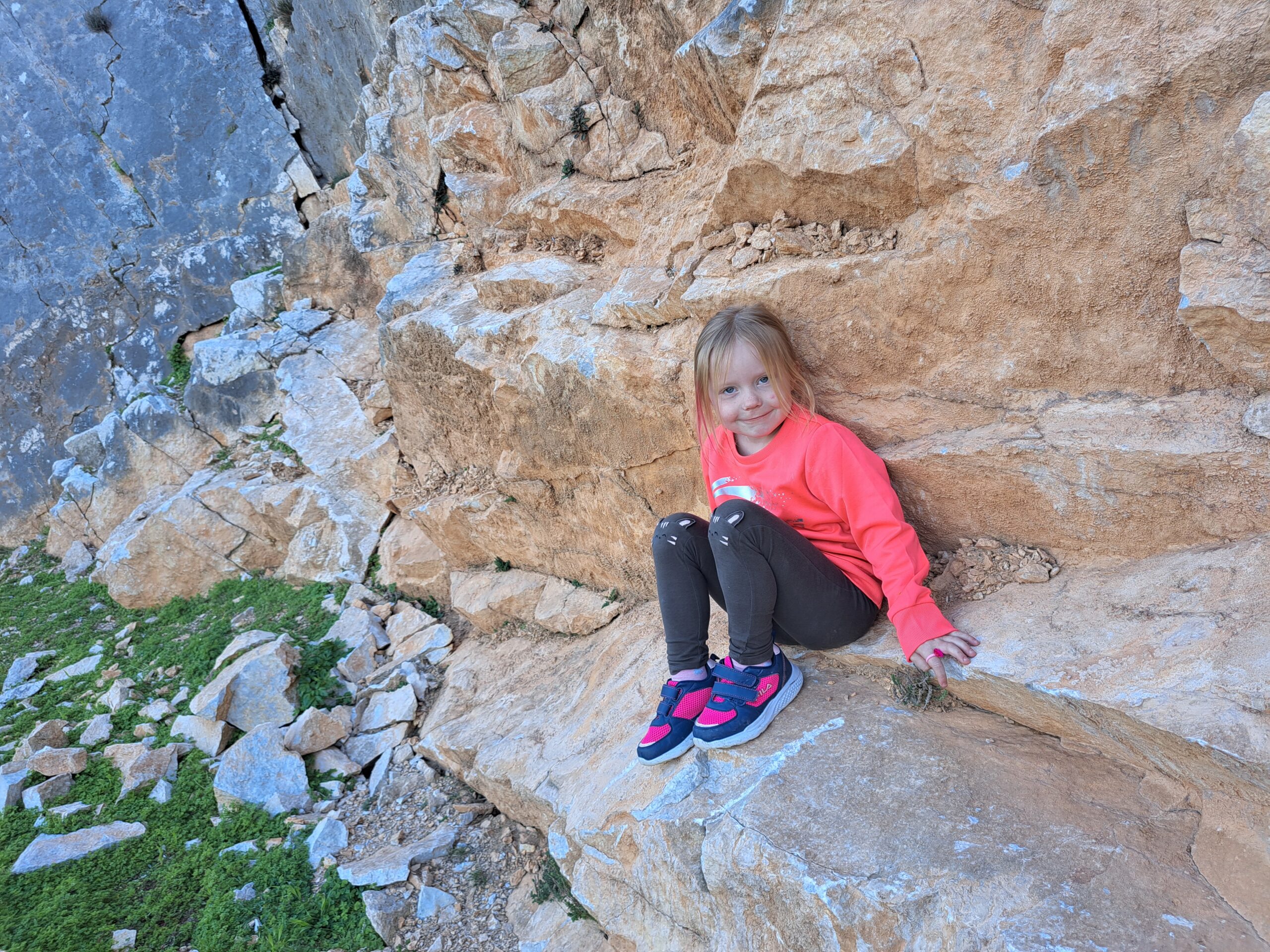
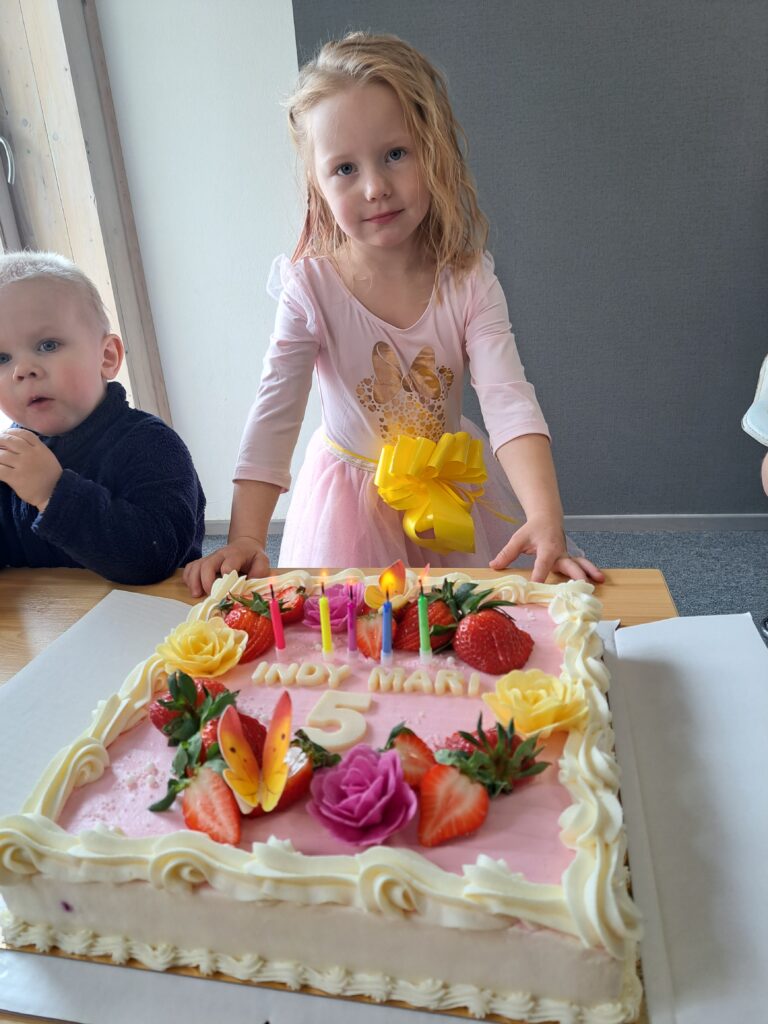
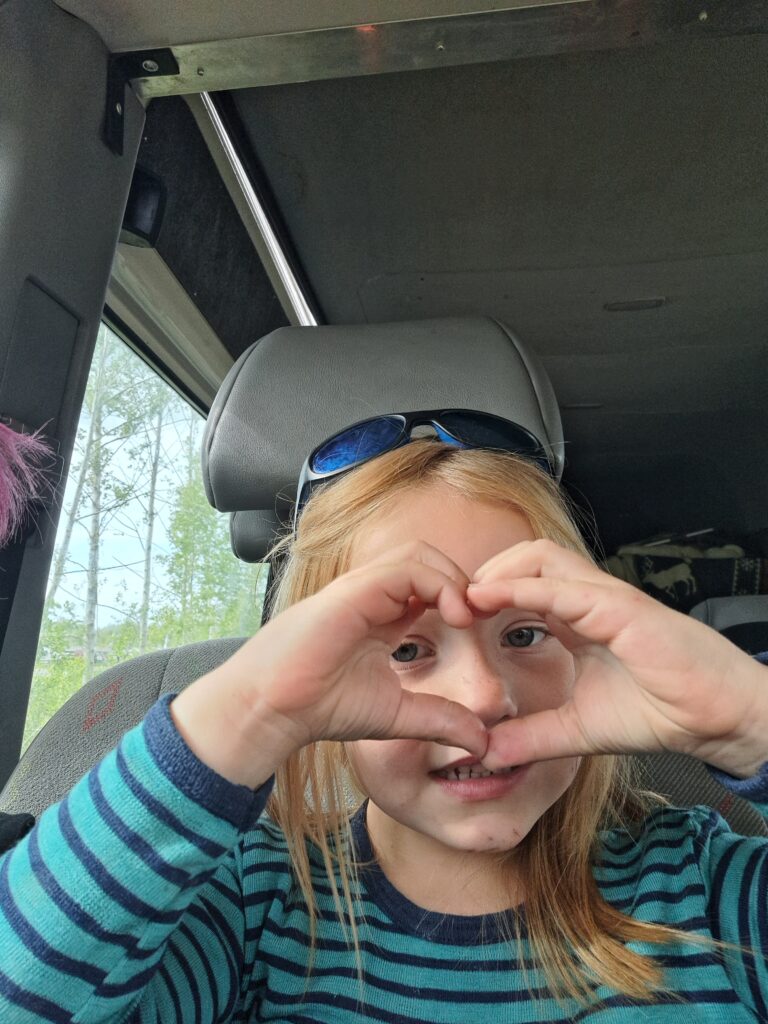
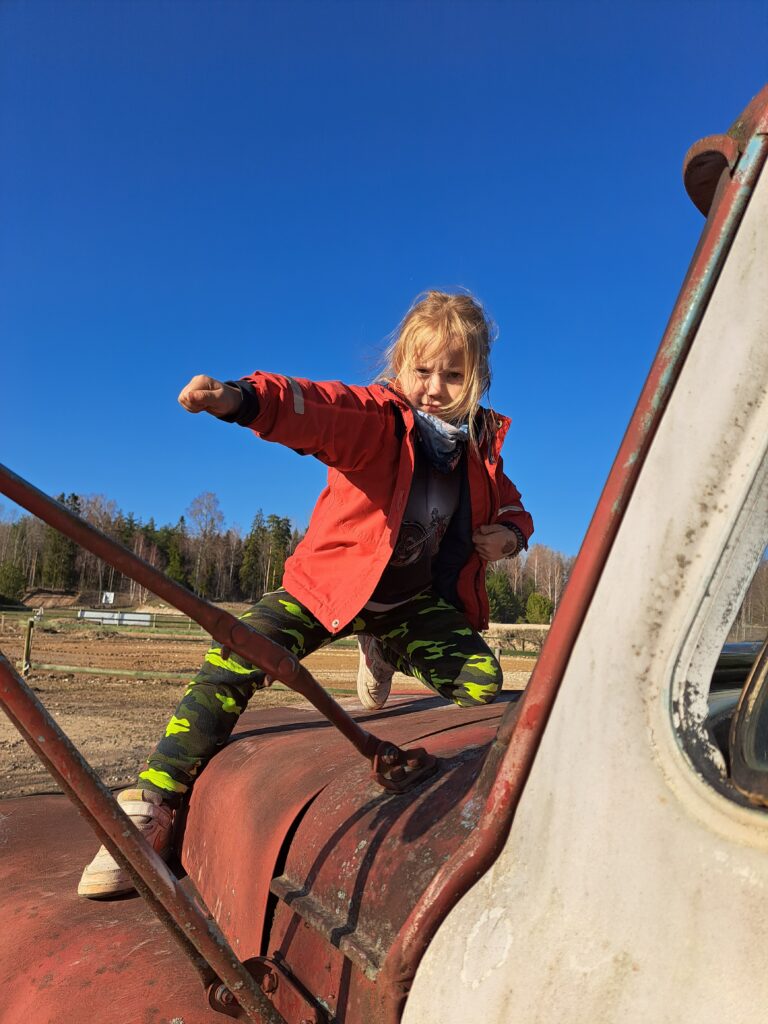
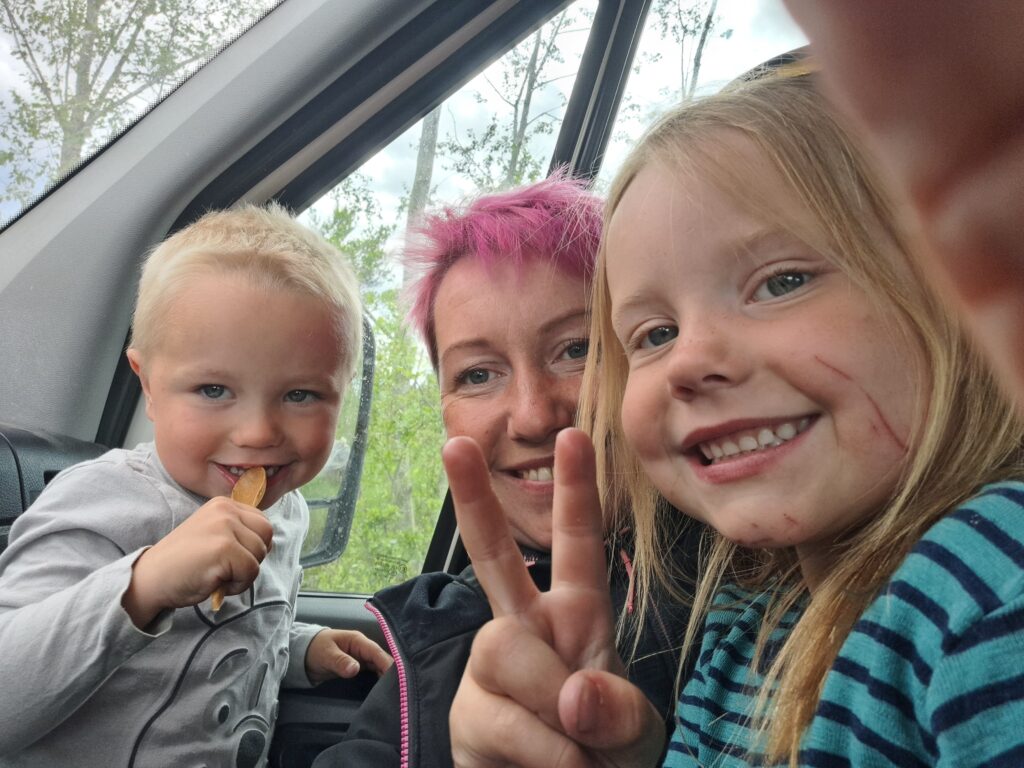


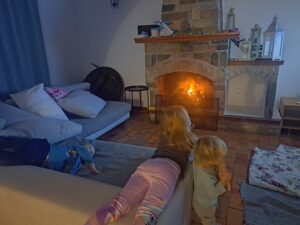
Comments
Pingback: Röögatu pettumus ja abitusetunne sundisid meid kodumaast puhkust võtma – MotoMari
Pingback: Overwhelming disappointment and helplessness forced us to take a break from our homeland – MotoMari
Pingback: Me läheme Indyga seiklema ja saagu sellest parim seiklus! – MotoMari